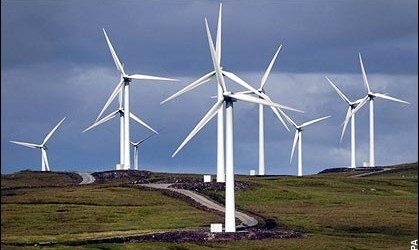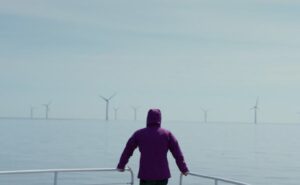The Victorian Coalition’s rather sensational loss to Labor on the weekend, after only one term in government, can be interpreted in numerous ways.
Mainly, it is being seen as a warning to Napthine’s federal counterpart, Tony Abbott: yes, first-term governments which lose their way – and fall desperately out of touch with their constituents – can be voted out.
But others, such as the Victorian wind industry, see the Coalition’s defeat as a cautionary tale for conservative politicians who seek to snuff out renewable energy development.
“The mob that brought in the 2km veto and covered the state in no-go zones is gone,” cheered one wind industry leader on Facebook. “The new government, Labor, is committed to overturning most of the anti-wind planning regs.”
It is indeed an exciting result for Victorian renewables. As a Climate Council survey confirmed last month, Victoria (along with NSW) has gone from “leader to laggard” on renewable energy under the Coalition, with the scrapping of the state’s renewable energy target and a series of unfavourable policy changes – namely the introduction of Australia’s most draconian wind farm development restrictions.
These restrictions, along with the Abbott government’s efforts to wind back the national Renewable Energy Target, have been disastrous for wind development in Victoria, and contributed to the recent decision of one of Australia’s largest wind turbine tower producers to sack 100 workers in Napthine’s own electorate of Portland.

But as another survey – released this week by Solar Citizens – has found, the Coalitions’ (both federal and state) attitude to renewables is not necessarily in keeping with the majority of voting Australians – even the Liberal-leaning ones.
The survey found that 64 per cent of self-identified Liberal voters support an increased national Renewable Energy Target, while 43 per cent of Liberal voters would support an ambitious Target of 50 per cent or more by 2030.
It also found that 74 per cent of Australian voters wanted more wind turbines.
Which brings us back to Victoria, where the wind industry is cautiously optimistic that the newly elected Labor government will scrap the state’s crippling wind energy restrictions – including the 2km setback rule – introduced three long years ago by then-Premier Ted Baillieu.
The Labor government will also be expected to honour pre-election pledges to set up a renewables investment fund and reinstate Victoria’s emissions reduction target; as well as its vow to help the town of Newstead, near Bendigo, to become 100 per cent renewable by 2017 – the state’s first “solar town”.
But Labor’s ability to do all of this will depend on the make-up of the Upper House, which at the moment remains pretty messy: latest figures suggest the Coalition will have 15 or 16 seats of 40 (down from 21), Labor 13, the Greens 4 or 5, the Shooters 3, and one each for the Sex Party, Country Alliance and DLP.
The Greens, who have secured at least one seat in the Lower House (Ellen Sandell, Melbourne) on top of the possible 5 in the Legislative Assembly, have vowed to do their bit to hold the Labor Party to account on environmental issues, with state leader Greg Barber declaring the new Premier Daniel Andrews will have to “green up” his policy platform – namely with a reintroduction of the state’s renewables target.
But how much weight the Greens’ vote carries will also depend on the stance of the other MPs in the mix.
According to one wind industry insider, the election of Liberal candidate – and Director of Food and Environment Unit at the ultra-conservative think tank the Institute of Public Affairs – Louise Staley in the marginal seat of Ripon could prove to be “a king sized pain” for the wind industry.








